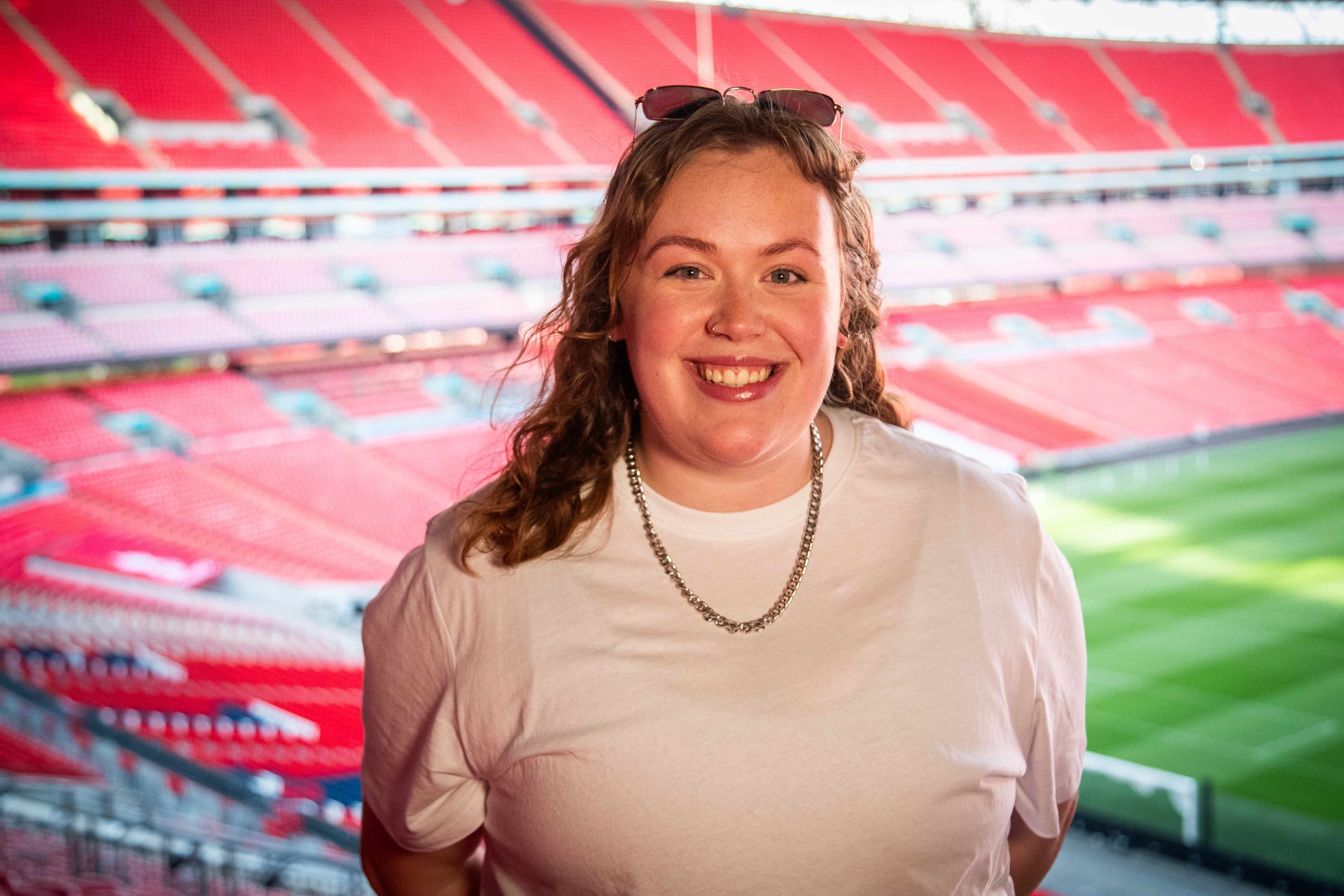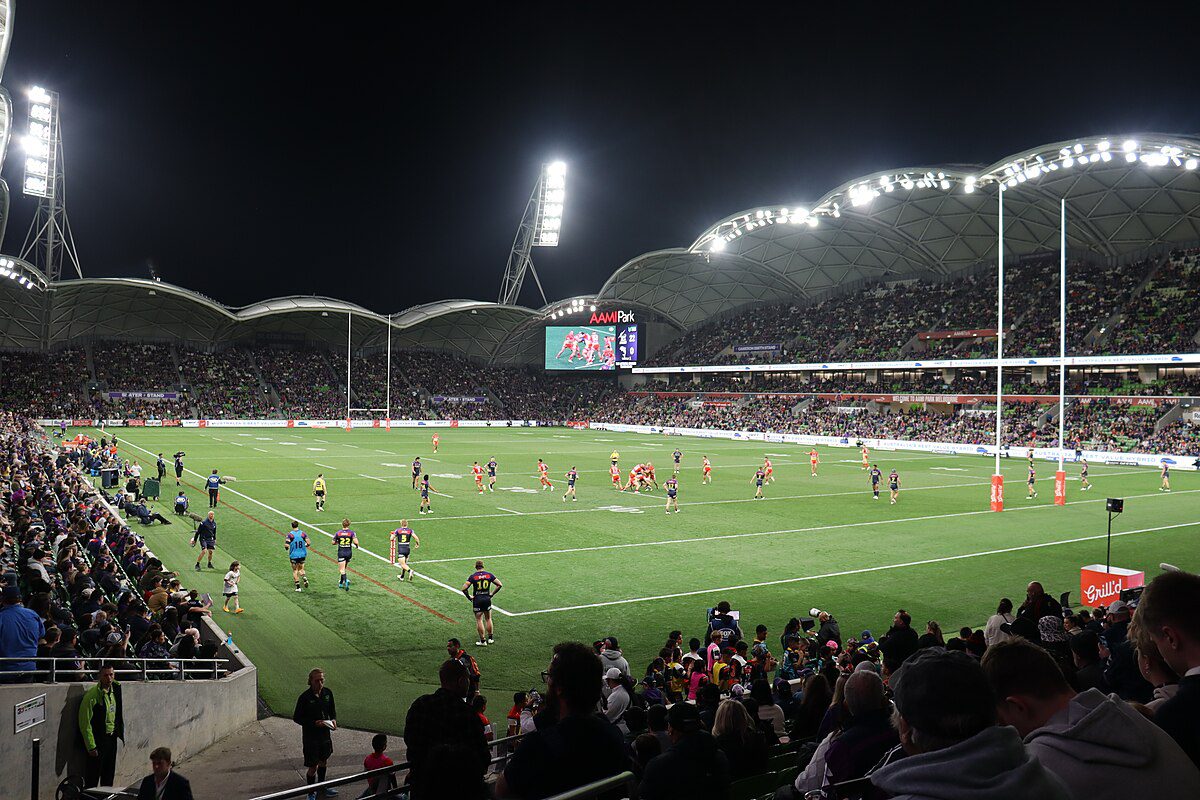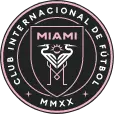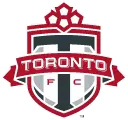Who Owns Football? 50+1, Socios, and Franchise Model Explained

Football clubs are under more scrutiny than ever before.
Fans and journalists monitor every move, and while this has long been the case for players and managers, everyone from nutritionists to set-piece coaches are gaining recognition. Club owners are equally under the spotlight.
Football club owners, and the equity injections they bring, are a vital part of what keeps many clubs alive. In the 2021/22 Championship season, clubs had an average operating loss of £17 million, according to Deloitte.
However, the way in which clubs are run can vary.
So, who really owns football?
Private Ownership Models
The most common way to own a club is largely the most straightforward, which is through private investment.
This means that a club is owned and run by a majority shareholder. This can be an individual, a family, or an investment group that holds overall control of how the club operates.
In the Premier League, 19 of the 20 clubs are privately owned. The 20th club, which somewhat deviates from the norm, is Manchester United.
Taken over by the Glazer family in 2005, Manchester United was partially listed on the New York Stock Exchange in 2012. This saw 10% of the club sold in the Initial Public Offering (IPO), earning the club £150 million.
However, the club only listed ‘Class A’ shares, which hold less voting rights. As a result, the Glazer family still controls the ‘Class B’ shares, which represent the vast majority of voting rights and therefore control of the club.
When Sir Jim Ratcliffe entered the scene in 2024, he bought 29% of the Class B shares, and has a similar percentage of voting rights, though he was given control of sporting operations in the process.
Today, 22% of the club is publicly listed, though this represents just 3% of the club’s voting rights, meaning the club operates largely in a similar way to the rest of the Premier League.
Fan Ownership in the EFL
Though there is no rule forcing English clubs to be member/fan-owned, there are still a few examples in the EFL. The most notable is AFC Wimbledon.
After the 1988 FA Cup winners Wimbledon FC were moved to Milton Keynes in 2002, many of the South London-based fans did not follow, instead creating their own non-league side, AFC Wimbledon.
This is the origin of the club’s current ownership status as majority fan-owned, and the club now competes in League One, winning the League Two Play-Off Final last season.
The Dons Trust – the club’s supporter group – owns shares that equal over 75% of the club’s voting rights.
Another example is Exeter City. In 2000, the Exeter City Supporters’ Trust was formed to assist in paying player wages, going on to buy a 57.25% and therefore majority shareholding in the club.
There are other clubs in the EFL whose supporters are minority shareholders, including Wycombe Wanderers where members own 25% of shares.
Germany: The 50+1 Rule
With an average of 42,300 spectators per game, the Bundesliga is the league with the highest average attendance figures in the world. It also has the most well-known ownership model.
The 50+1 rule states that club members must hold 50% of the club’s voting rights, plus one additional vote meaning members have the majority when it comes to decision making at the club.
This was introduced in 1998, largely prohibiting private owners from holding a majority. To have a vote, individuals must become club members, usually for a fee affordable to the everyday fan.
The largest example is Bayern Munich, who have 410,000 members, equating to 75% of the club’s shares.
Borussia Dortmund is second with 230,000, though the club is also listed on the Frankfurt Stock Exchange.
Relative to Manchester United, Dortmund has a large portion of the club listed at 72%, with only 4.6% owned by members. However, the arm of the organisation that actually operates the football club is 100% owned by this group of members, allowing it to comply with the 50+1 rule.
Stemming from German football’s history of clubs being non-profit organisations and owned by their members, the rule still has some cases where exceptions are made.
A notable example is TSG Hoffenheim, which, in 2014, were allowed by the Bundesliga to be taken over by Dietmar Hopp, who was given majority voting rights.
This is because of a caveat that gives private investors an exemption from the rule if they show interest in the club for over 20 years. As a boyhood Hoffenheim fan, Hopp showed this commercial interest. In 2013, he then handed his majority voting rights back to the club’s members.
Spain: The Socios Model
Socios, or partners, make up the foundation of many Spanish football clubs. In the early 20th century, clubs were founded as member-owned organisations.
Similar to the Bundesliga, members would pay a relatively small fee to be part of the club, giving them voting rights in club presidential elections, as well as an overall say in matters concerning the business.
However, by the 1990s, many Spanish clubs faced significant debt and financial instability, leading the Spanish government to pass a law that made clubs convert to SADs, which are private limited companies and no longer member-owned, non-profit clubs.
The 1992 rule did allow for some exceptions, and clubs in healthy financial states for the preceding few years were allowed to maintain their member-owned status.
These clubs, namely Real Madrid, FC Barcelona, Athletic Club, and CA Osasuna, all remain fully owned by their members (socios).
USA: Franchise Ownership
In the US, ownership is structured very differently.
Unlike in European football, it is the league itself that technically owns the clubs, or franchises, that compete.
Private investors, as a result, cannot independently create a club. Instead, they must be granted permission to do so from the league, through which they buy operating rights to the team.
In MLS, the most recent addition is San Diego FC, with the investors paying up to $500 million for their place in the competition.
With these operating rights comes control over most footballing matters, however player contracts, as well as the franchises themselves, are owned by MLS.
This is what is known as a single-entity structure, with the league enforcing a salary cap and giving each team a salary budget.
Individual franchises then manage their player recruitment accordingly, and this year, the allocation is $5,950,000.
Ranging from the member-owned model in Germany to the single-entity structure in the US, the way football clubs are owned has a profound impact on how they operate.
With the different models allowing for different levels of investment, commercial priorities and connection to communities, it is pivotal for aspiring sports professionals to understand these structures.
At GIS, students can gain the knowledge and skills to navigate the often-complex sporting world as their first step towards a career in the $2.65 trillion industry.
For more information on our range of programmes and modules, visit our course offerings.
Article by Zakaria Anani
You may also be interested in

Alumni
December 12, 2024 |
Former Canadian international footballer takes on MSc Sports Directorship course
Read Post

Latest news
September 25, 2025 |
‘It was a Privilege’: GIS Students on Covering the Women’s Euros for The Sporting News
Read Post

Latest news
October 7, 2025 |
NRL vs Super League: What are the Key Differences?
Read Post
Our Partners













